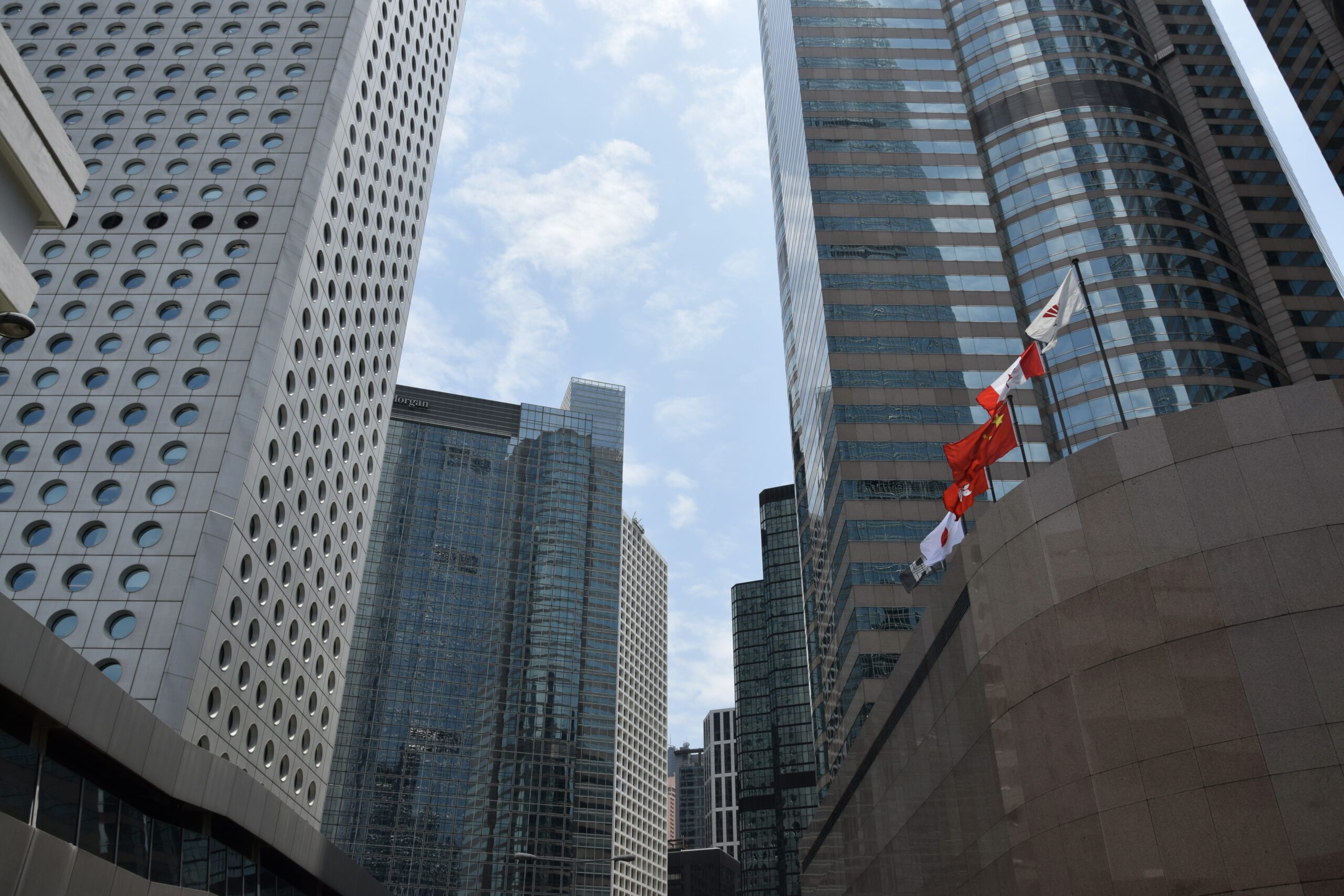The spread between the 2-year and 10-year Treasury yields has widened, intensifying worries about an impending economic downturn. This inversion, where short-term yields exceed long-term yields, is historically a reliable predictor of recessions.
The current inversion reflects market expectations that the Federal Reserve will need to lower interest rates in the future to stimulate the economy. Investors are pricing in a higher probability of weaker economic growth, leading to increased demand for longer-dated bonds and pushing their yields lower.
Several factors are contributing to these recession fears, including:
- Persistent inflation, despite the Fed’s aggressive rate hikes
- Slowing global economic growth
- Geopolitical uncertainties
While an inverted yield curve is not a guarantee of a recession, it is a significant warning sign that warrants close monitoring. Economists and investors alike are closely watching economic data and Fed policy decisions for further clues about the future direction of the economy.






basketbol forma imalatı
I think the admin of this website is actually working hard
in support of his site, as here every stuff is quality based information.
Spor okulu forma yaptırma
Woah! I’m really enjoying the template/theme of this blog.
It’s simple, yet effective. A lot of times it’s very difficult to
get that “perfect balance” between user friendliness and visual appeal.
I must say you’ve done a awesome job with this. In addition, the blog loads very quick for me on Chrome.
Superb Blog!